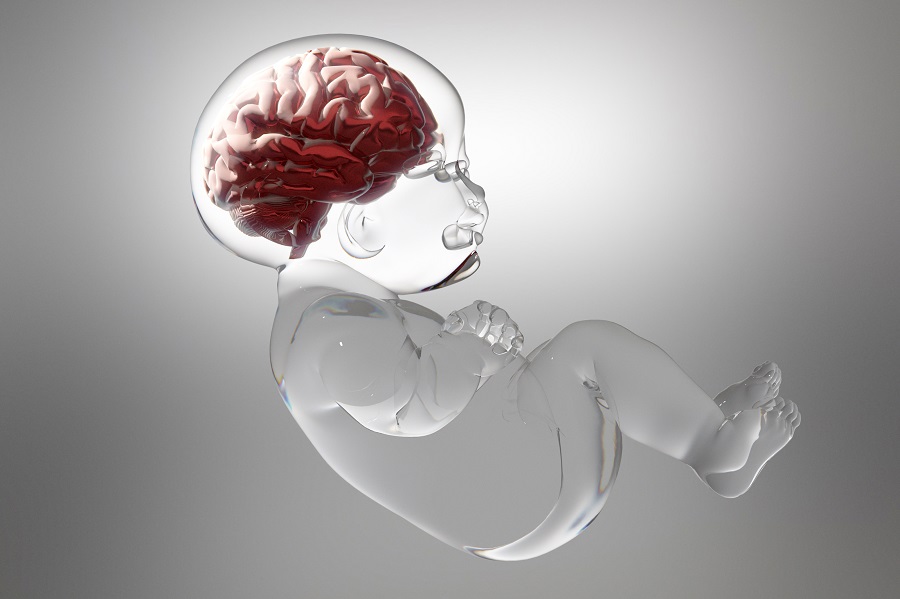A toddler’s brain is akin to a hyperactive sponge, soaking up all it can from the world to get ready for the future.
You only have to watch a toddler mastering the use of an iPad in less time than the average adult to realize that they have a staggering capacity to absorb information and learn new skills.
This is because their brains have nearly twice as many synapses, or connections, and are designed to be highly flexible, allowing new pathways to be created constantly. A newborn’s brain is only 25 percent developed, and during the first few years it changes and grows rapidly. This is why experiences during this time, when the brain is twice as active, have a profound and lasting effect on its structure, function, and performance.
A newborn’s brain is only a quarter the size of an adult’s, but will grow to 80 percent of adult size by three years old.
Over the past 10 years, cognitive science has made great strides in uncovering the mysteries of brain development during the first years of life. Scientists have discovered that the parts of the toddler brain that are most active are the same as those operating in an adult while engrossed in a movie. This suggests that toddlers view the world as we see a movie with excitement and enthusiasm, their attention focused on the visual, and with a heightened ability to adapt to new events.
You may at times find yourself frustrated by your toddler’s inability to concentrate, but this apparent lack of focus serves an important purpose.
Unlike the “spotlight” consciousness of an adult, which focuses on one thing at a time, the “lantern” consciousness of a child spreads its light all around, absorbing as many stimuli as possible from the environment. A vast number of neurotransmitters are produced as all this information is processed, which is the reason why a very young child requires a high concentration of anesthesia to be put to sleep for surgery—they are literally more conscious than an adult.
One of the most impressive skills a toddler learns is the ability to communicate. During their first year, babies’ brains are fine-tuned to distinguish the sounds of language, which is why only a language that is heard during this initial 12 months can be learned to a truly native level. It is vital to talk to your baby even before she can answer you, since while you are talking her brain is forming the connections that will later enable her to understand and create these sounds for herself. She is distinguishing patterns, learning sounds that will be used repeatedly, and even predicting what is likely to come next.
It is interesting to note that in languages in which nouns are assigned a gender, such as French and Spanish, the gender is learned automatically by native speakers, as a part of the word itself. This is something that people coming to the language later in life, when their brain lacks the vital plasticity, may struggle to learn.
Bilingualism boosts brain function and has even been linked to an ability to stave off dementia.
These first few years of heightened brain activity are, of course, the best time to learn an additional language.
When raising a bilingual child, consistency is key: if, say, you are an English speaker and your partner is French, you should each communicate with your baby only in your own language. Once she is between two and three years old she should be able to differentiate between the two languages and use them in the correct context. She may well favor one language over the other, probably the one that is shared between the parents, but you shouldn’t give up on speaking the other—your toddler will be absorbing it even if she is initially resistant to using it. It is also important to respect the inherent cultural connections; songs and stories should be shared in both languages, if possible.
Despite the fact that overall language development can often be slower for bilinguals, knowing how to speak two languages is actually highly beneficial for brain function.
Both these language systems are always active in the child even when only one is being used, so decisions constantly have to be made about which word to use in a particular context, giving the brain a regular workout.
Once a child grows older and graduates into the teenage years, a kind of “pruning” process occurs in the brain. Of the many vastly overproduced synapses, those that have proven less useful over the years will literally shrivel away, leaving only those nerve cells and connections that are vital in daily life to strengthen and remain readily available.
There are easy ways to help your child’s brain to achieve its full potential. By simply showing love and affection, and offering plenty of positive stimulation, such as conversation and play, you will actually influence the chemistry of the developing brain. Children learn through experience, so the best way to help your toddler improve her skills is by reading to her, talking to her, performing routines, exploring, and playing. However, trying to force development in a particular area can do more harm than good.
Children learn at their own rates—their brains are highly absorbent and programmed to learn without any particular intervention from an adult. All you need to do is be with them, love them, listen to them, and involve them in your life—and their smart, flexible little brains will take care of the rest.
